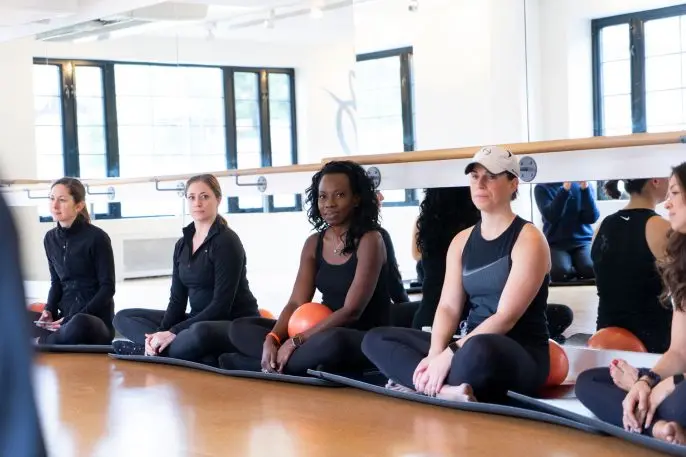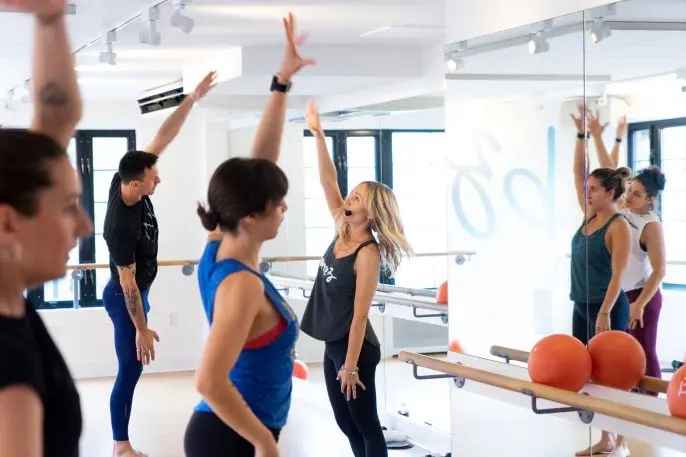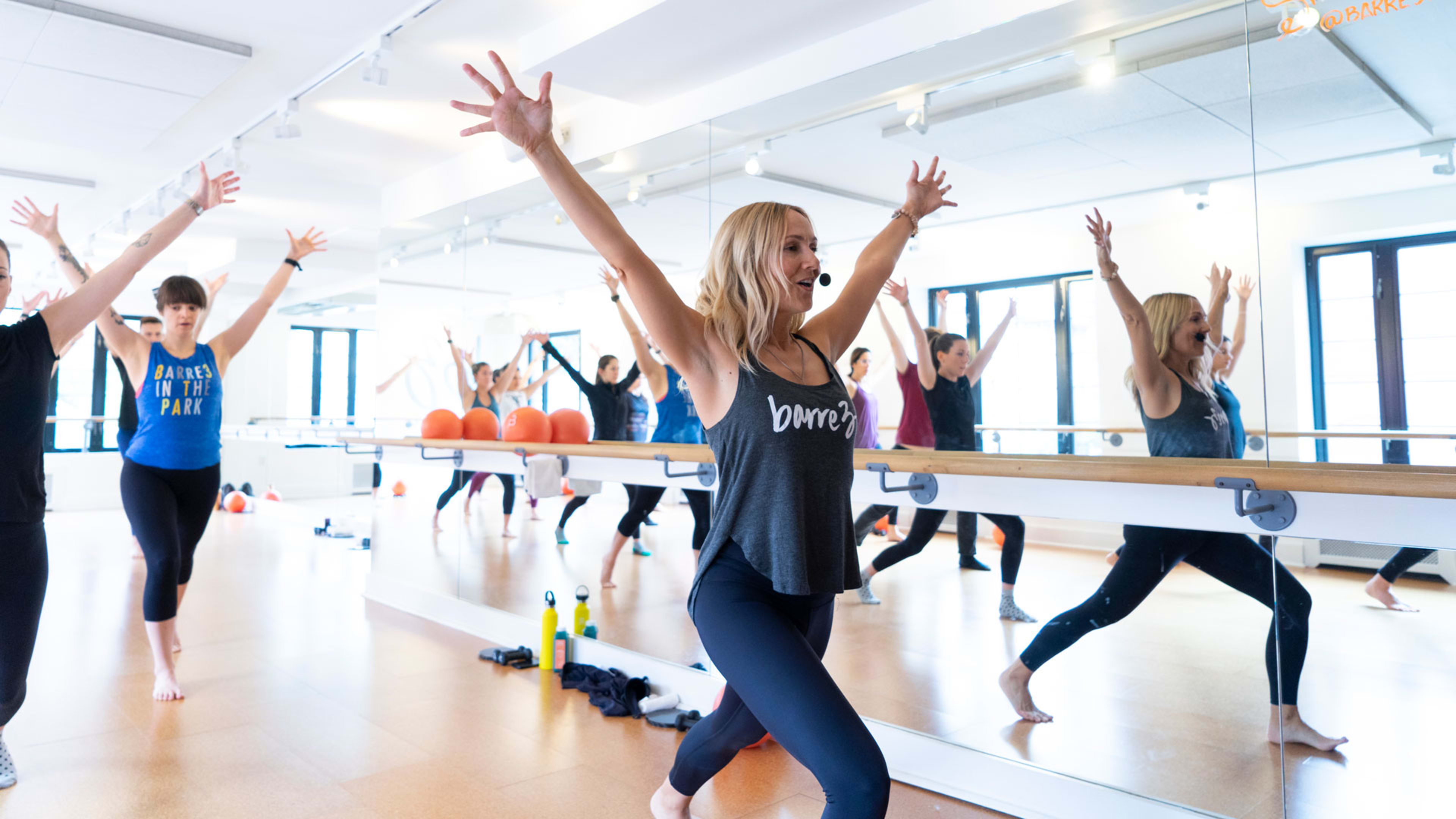Barre3, the boutique strength conditioning gym, is known for its equal attention to both body and mind. Yes, there are grueling lunges and toning squats, but there are also elements of mindfulness and accepting one’s own strengths. Its philosophy encourages individuals to go at their own pace and trust intuition–it’s centered on the idea of feeling good inside and out, versus advertising how to get skinny arms. In fact, throughout its classes, you’ll hear a sentiment echoed repeatedly: You deserve to be heard.
So it makes sense that the company, which now boasts 150 studios, would invest in building peoples’ voices.
During the Fast Company Innovation Festival on Monday, Barre3 cofounder and CEO Sadie Lincoln explained how two years ago, amidst a company reevaluation and a pause in expansion, she came to understand how important speech is to her business.
Lincoln began taking many Barre3 classes in an effort to discover: What makes certain classes more popular and more powerful than others? Why do certain instructors connect better with their communities than others do?
A few weeks in, she discovered one element that, quite literally, spoke volumes: “It was in their voice.”

It’s essentially Clueless talk 2.0.

The connection between voice and body, says Lincoln, was undeniable: “How we speak is really how we show up in life–just as much as our body language–but they’re connected.”

“What blew us away is that voice is so much more than inflection–it is about confidence,” says Lincoln. “Even when we believe in something–if we’re put on a stage and we’re nervous–that’s when our voice, specifically women’s, does not show up the way that our minds mean it to.”

The results were immediate, reports Lincoln. “It changed not only the instructors voices, but their lives,” says Lincoln. One told her she could now call up anyone and “get anything I want now. I’m direct, I’m clear, I’m confident.” Others said their relationships, work goals, and dating lives improved. “They have learned how to be more confident and influential communicators in the world beyond Barre3 …It was a game-changer.”
While Lincoln initially thought vocal training might make for more assured and happier employees, the coaching did far more–it affected the company bottom line. Barre3 reports higher class participation and an increase of wait-listed classes.
The experience propelled Lincoln to invest in voice training for her entire company, including home office and studio trainers. It’s now a mandated piece of on-boarding as Barre3 intends to empower employees “from within,” just like they do with attendees.

Shortly thereafter, Barre3 instituted 5-10 minutes of breathwork into its class curriculum. At the same time, the company began expanding, and now averages two new franchises a month. The two decisions go hand in hand, with Barre3 adopting the new motto, “in order to grow bigger, you need to grow better.”
As Lincoln explains, inhaling and exhaling is just as important as flexing one’s muscles or embodying a calm mind. It’s all connected.
“It’s being aware of all those patterns and how we’re showing up,” she stresses, taking a deep sigh. “It’s healthy to breathe big.”
Recognize your brand’s excellence by applying to this year’s Brands That Matter Awards before the early-rate deadline, May 3.
